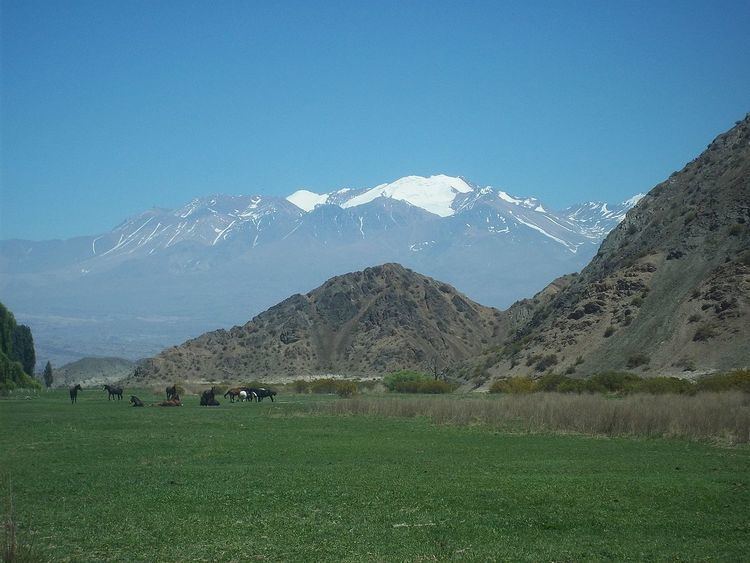Nearest city Barreal Established 1994 | Phone +54 2648 44-1240 | |
 | ||
Area 89,706 ha (346.36 sq mi) Governing body Argentine National Parks Administration Province San Juan Province, Argentina Hours Closed now Tuesday8AM–8PMWednesday8AM–8PMThursday8AM–8PMFriday8AM–8PMSaturday8AM–8PMSunday8AM–8PMMonday8AM–8PM Similar Observat Astronóm El Leoncito, La Casa de Feli, Complejo Rio los Patos, Posada San Eduardo, El Aleman | ||
Sunrise at el leoncito national park http goeverywhereseeeverything blogspot com ar
El Leoncito National Park (Spanish: Parque Nacional El Leoncito) is a federal protected area in San Juan Province, Argentina. Established on 18 September 2002, it houses a representative sample of the Central Andean Puna and the Southern Andean steppe biodiversity in good state of conservation, as well as historical and paleontological sites (including a portion of the Inca road system). It has an area of 89,706 ha (897.06 km2; 346.36 sq mi)
Contents
- Sunrise at el leoncito national park http goeverywhereseeeverything blogspot com ar
- Description
- Biodiversity
- References
Description
El Leoncito is located on the western slopes of the Sierra del Tontal in the Calingasta Department, 34 km (21 mi) from Barreal.
The lack of atmospheric pollution in this isolated place and the dry weather guarantee at least 300 days of unmatched sky transparency per year, making it particularly suitable for astronomy research: within the park there are two astronomical observatories: the Leoncito Astronomical Complex (CASLEO) and the Félix Aguilar Observatory (2,552 m (8,373 ft) above sea level)
The area of the current national park lay within the jurisdiction of the aforementioned Leoncito Astronomical Complex, under the Ministry of Science, Technology and Innovation. Safeguarding the atmospheric quality was a central concern for the astronomical center, which in turn required careful administration of the ecological environment. Thus in 1994 it was decided to place the area under management of the National Parks Administration as a strict natural reserve. On 18 September 2002 it was further promoted to national park status with the enactment of national law 25656 after its territory was ceded by the San Juan Province to the federal state.
The climate is cold, with permanent ice in the high Andean region. In the Puna the weather is cold and very dry with large temperature amplitude. Overall, the average annual rainfall is 200 mm (7.9 in).
The park has almost no infrastructure for tourists, so it is recommended to stock up before visiting. There is free camping with a stove, tables, grills, barbecue, toilets and hot showers. Besides visiting the astronomical observatories, there are trails to local water streams and waterfalls, most of them of low difficulty and short length.
Biodiversity
The flora is mostly made up of shrubs, typical of dry mountainous areas. The fauna include important species like the guanaco and birds of prey such as the peregrine falcon.
